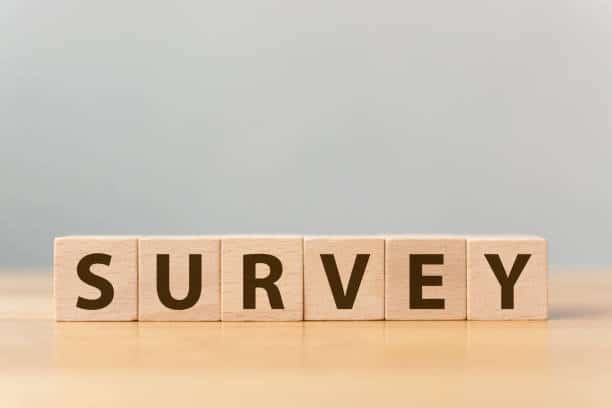Auditing and optimizing ecommerce sites can be tricky business. Many with deep experience often rely on their gut to design and make changes. Those that are newer to building ecommerce sites might rely on others who claim to have more experience and better formulas. How then, does an ecommerce merchant audit and optimize their site for the greatest possible outcomes? This was the subject of the Auditing Your Ecommerce Website webinar.
Yes, that exciting word: audit! Typically not a word anyone wants used anywhere near their company’s name. But, in this case, an audit is a helpful tool to analyze and improve the shopping experience on your site.
To understand audits in greater detail, Searchspring put together a panel of industry experts to talk about issues, goals, and outcomes of auditing a website. Experts included:
- Ethan Giffin, CEO and Founder, Groove Commerce
- Colleen Schneider, Customer Success Manager, Searchspring
- Marko Bon, Co-founder and Creative Director, Tomorrow Agency
While we had a wide-ranging discussion of all things optimization, we structured the conversation into four main categories, which we’ll summarize here.
Part One – Defining Your Site Needs

We jumped right in with a discussion on the importance of understanding the stage of your business before starting an audit.
- Is your site in the initial activation stages?
- Are you in an active growth stage?
- Or, is your site in the innovation stage?
This answer matters because the steps to optimize are different depending on the stage. So, before jumping in with both feet to focus on everything we can optimize, first ask what stage your site is in and how best to approach optimization in that stage.
Part Two – Comparing Wish Lists, Current State, and Impact

Our conversation in this second part of the Auditing Your Ecommerce Website webinar focused on the need to balance immediate return with longer term strategic initiatives. No one undertakes an audit to simply figure out what changes can be made for impact in the next year. It is important to understand a few things we can change now – make something measurable happen! In fact, that is the way that both Ethan and Marko approach their client engagements, what can we do now and what can be done in the future.
Some specific words of wisdom during this conversation included, everything on your site and in your marketing plan is connected like a spine so changes in one area will have downstream impact in another area. Watch for those interactions.
Also, be mindful of the “trash and trinkets” that are added to your site. Sometimes all these items can slow down the site or hide the simple ways people buy.
Part Three – Suggestions on Technologies, Tools, and Plugins

While this part of the Auditing Your Ecommerce Website webinar had the possibility of being a rapid-fire list of technologies, it actually was a strategic discussion of how to build a responsible tech stack, as in: Check your tech stack and educate yourself on exactly what you need. You don’t need it all.
We spent most of the discuss talking about:
- Understanding the customer journey – How do customers find you? What do they look for? The purchase cycle? Technology is needed to understand this journey?
- Testing and segmentation is the next most important part of the technology process. Technologies that enable you to test theories and build experiments to understand shopper behavior are vital.
- Lastly, we got into personalization, which is an incredibly hot topic at the moment. The goal of personalization, in the eyes of the panelists, is to get to know the shopper better and better over time. Once that process has begun, we can change the presentation layer and change content to tailor what the shopper sees.
- We ended this section with a near perfect segue into the fourth topic – there is endless opportunity with technology, but before investing there, make sure you understand your site goals.
Part Four – Getting a Third-Party Site Audit

Lastly, we covered third-party site audits. This was also a lively discussion, drawing out some of the best tactical advice during the webinar.
- In all cases the panelists believed that third-party site audits were a positive steps to take for any site. There was agreement, too, on the best way to start a site audit: understand the data. What are thekey metrics? How are you tracking and reporting? All panelists felt that using Google Analytics was core to understanding site behavior.
- Anther important step is understanding buyer personas: who you are selling to? Without a good understanding of the buyer, we risk poorly targeted messages and low conversion.
- Examining site navigation and the way visitors interact with navigation. It is relatively easy to build navigation, but it is helpful, usable, and drive to conversion?
- Look at reporting such as zero search results to see those gaps where a little optimization can have a major impact on conversion.
All-in-all, site audits was a compelling webinar topic full of deep thoughts on data and analysis before action and optimization. Certainly, every site, regardless of stage, should be auditing key metrics on a regular basis so that you are continually improving the shopper experience.
Watch the entire Auditing Your Ecommerce Webisite webinar and let us know your thoughts.




